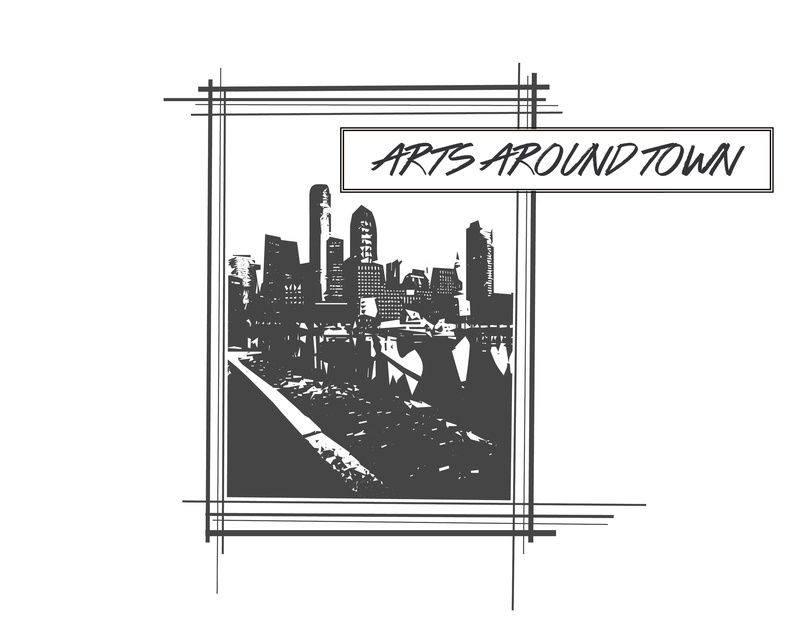The change in atmosphere as you make the left turn onto the pedestrian enclave of Thayer Street is immediately apparent. Puncturing what had been a backdrop of bleak, urban grayness, delicately laid brick paths and manicured trees lure passers-by in. Accompanying this stark change in scenery is an equally apparent transition in fashion. Whereas fellow commuters along the adjacent Harrison Avenue were clad in work attire as they headed towards the nearby Broadway T station, those pedestrians on Thayer Street are dressed to be seen. A man’s electric blue pocket square, painstakingly arranged to appear carelessly placed, peeps out of a beige seersucker suit to mingle with a woman’s elaborate black lace dress, while Johnny-Depp-like dark, thick glasses frames gaze down at suede monk straps. Seemingly insulated from the world around it, this cultural milieu is characterized by a cohesion of aesthetics and taste, marked just as much by its style as by its eager exploration of experimental new art.
I wade through the crowd, taking in both the substantial diversity in age and a seeming lack of diversity in race. Eavesdropping over the sound of shoes clapping on the pristine brick walkway, I dissect the vocational composition of the congregation: Boston’s art-collecting corporate community anxiously on their phones with their spouses, teaching artists from local universities here to support their colleagues, and fashionable young people meandering about with drinks, taking advantage of these Friday night exhibition openings as the free and classy parties that they are.
Miller Yezerski Gallery, like many of the 17 galleries on Thayer, migrated here from Newbury Street in the past decade. Its sterile white walls, exemplary of the “white cube” style of most contemporary art galleries, equally showcase the art and the costumes of the patrons. The staff demonstrates a transparency rarely seen in museums. A college-age gallery assistant dusts the works, while co-owner Ellen Miller sits in her office with the door open, perfectly open to discussing the “solid scene” of the Boston galleries. One of the two artists whose work is being displayed, Yu-Wen Wu, strolls around the small space, answering questions about her process and greeting friends.
Her show, “The Accumulation of Dreams,” addresses themes of immigration, transition, and cultural assimilation through pieces like “Orientations I” and “Navigating By Hope.” These gold-ink compositions of connected networks of hundreds of dots formally evoke Yayoi Kusama’s “Infinity Nets.” Tea is a prominent motif throughout the exhibition and is featured in one of the show’s most intriguing and confrontationally titled pieces, “Not All Alike,” in which gilded tea leaves are mounted in an evenly spaced grid to form a relief of enchanting, biomorphic forms.
In the adjacent room is “Shipwrecked,” a show of paintings by William Ciccariello, casually referred to as Bill by many of the viewers. Nine canvases, each of a single, beached wooden ship are labeled realist but hint at Romanticism, vaguely recalling Caspar David Friedrich. About two thirds of each canvas is devoted to muted, empty skies, highlighting the utter isolation of the ships, and effectively drawing viewers out of the gallery’s social atmosphere and into an environment of solitary hopelessness.
Directly across from Miller Yezerski Gallery stands the open door of Samsøñ, a hip, self-described “interdisciplinary laboratory.” Despite its pretentious inclination towards non-English lettering, the name is pronounced just like the biblical character. A highly social space, Samsøñ’s single room holds 30 people, who crowd together mostly in small groups of 2 to 4, convening in the center of the gallery, and occasionally glancing at the artworks. As the volume of foot traffic grows throughout the night, Samsøñ shifts from a site of contemplative viewing to a vibrant locus of unihibited socialization.
“Hummingbird,” an exhibition of new works by Todd Pavlisko, “focus[es] on motion and materiality with an underpinning of fame and sexuality,” according to the show’s informational pamphlet. The walls are adorned with photo-sculptures, in which Pavlisko juxtaposes Harold Edgerton’s famous scientific photographs with vintage basketball posters, framing tension and the ability to capture an instant in time as a defining components of photography. On pedestals in the center of the gallery reside hallucinogenic sculptural assemblages of violins melting over basketballs. Pavlisko works with luthiers to construct these bent instruments, allowing the violins to remain intact while they arch around the balls. Their curiosity and sheer coolness compensate for the underwhelming strangeness of what the pamphlet calls the “somewhat erotic” sculptures of Ray-Ban Wayfarers warped around the top of Orange Crush bottles.
As both a setting for group interaction and a transient home of provocative artworks, this block of the Boston gallery scene is alive and welcoming, waiting for its next infusion of curiosity and panache.Read more in Arts
The Humanities and HealthRecommended Articles
-
Two Rocks, Nine Dragons and 1000 Years of Chinese PaintingIn the tiled courtyard of the entrance to the MFA's featured spring exhibition, "Tales from the Land of Dragons: 1000
-
SoHo Art with Boston FlairIn the Harvard world of abbreviations and acronyms, the name SoWa may not turn heads. In the art world, however,
-
All the Art Exhibition's a StageThe Institute of Contemporary Art’s (ICA) latest exhibition, “The World as a Stage,” opens with a most fitting visual prologue.
-
Gallery as EnvironmentCommercial galleries are especially suited to installing environmental exhibitions, as the works on display, often by a single artist, create a homogenous character that permeates the space—both literally and figuratively coloring the white cube.
-
Cooper Gallery Imbues Collecting With StorytellingThe exhibition skirts canonical Western museum practices and speaks instead to the act of collecting as a living, breathing tradition meant to promote dialogue.














